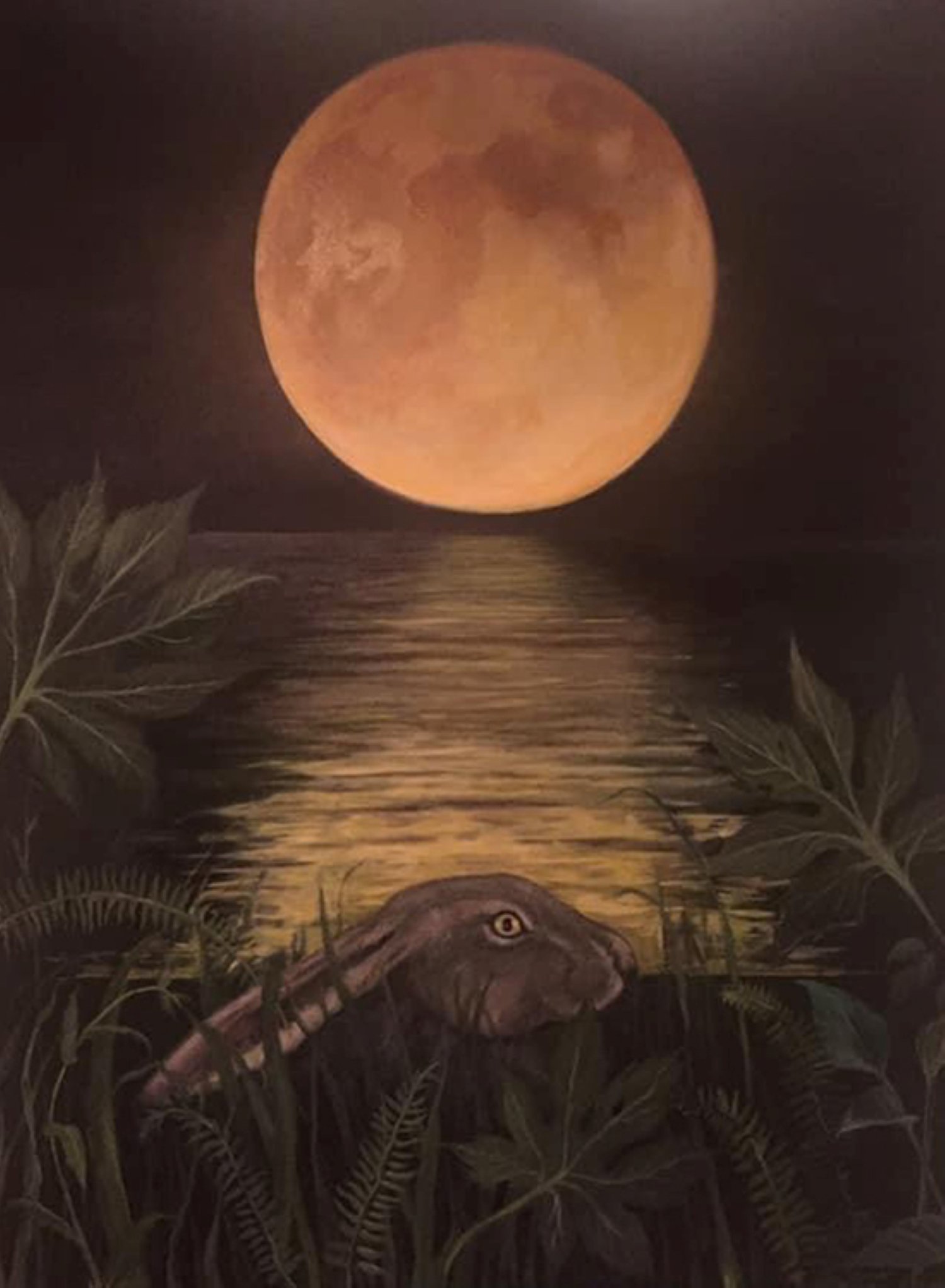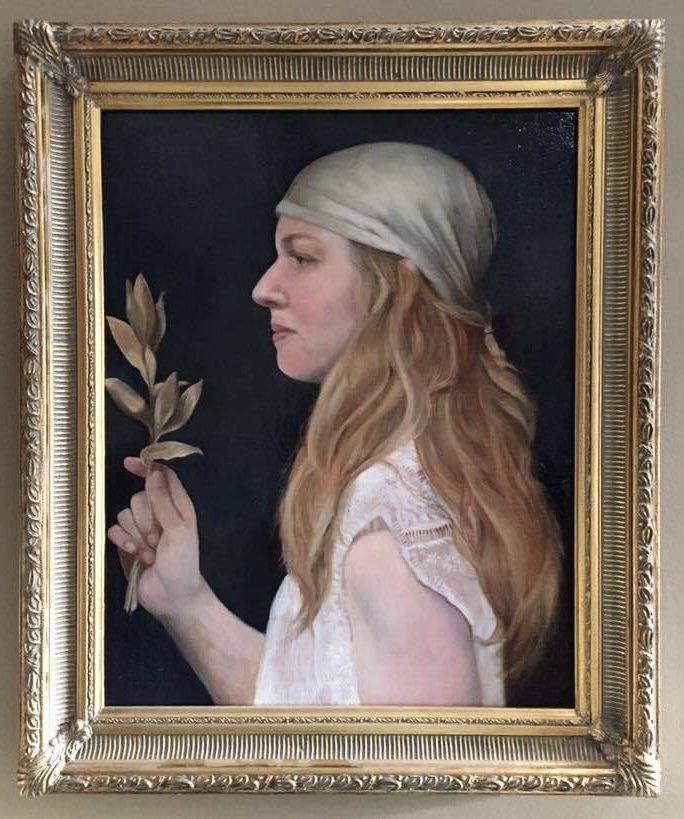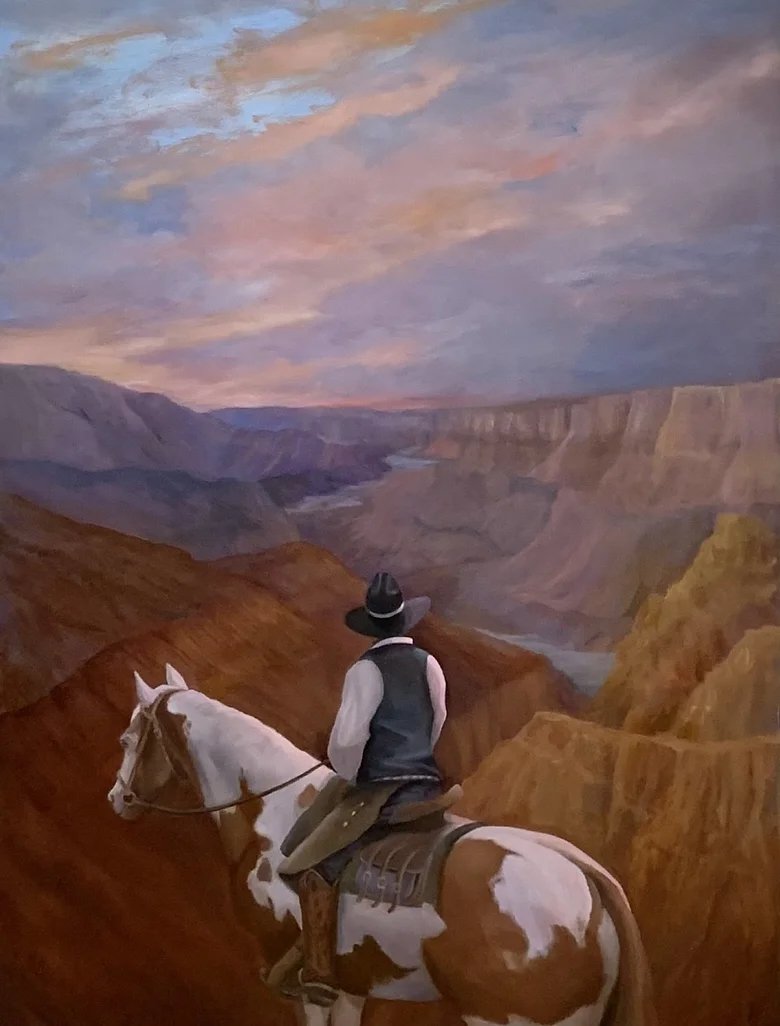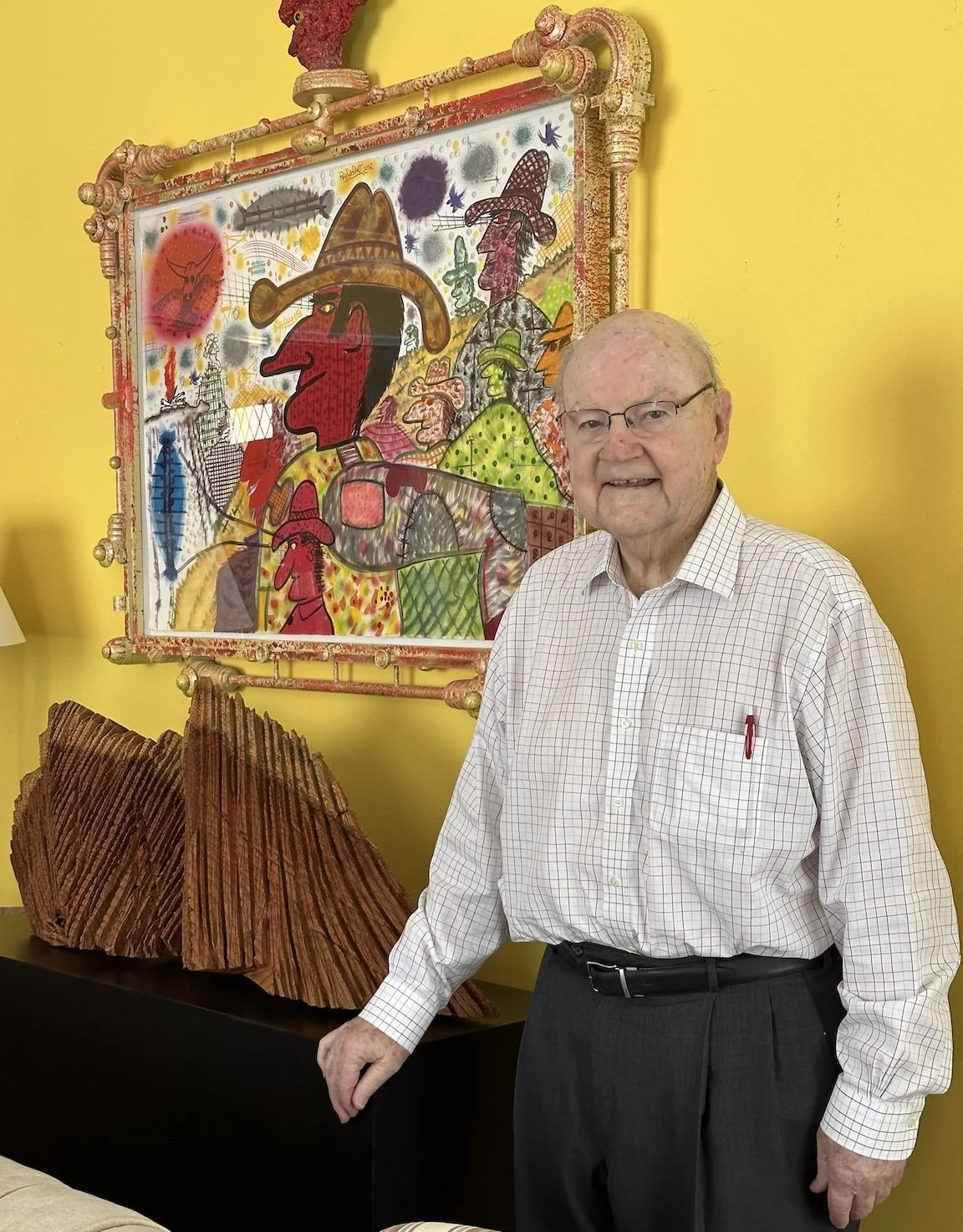Interview with artist Kathryn Sixbey
Kathryn Sixbey admits proudly that she is a lifelong student of painting and enjoys experimenting and challenging herself and her skills. This dedication to her craft comes through in her marvelous and often luscious paintings. More Kathryn’s work can be found at Justus Fine Art Gallery in Hot Springs and at her website kdsixbeyfineart.com.

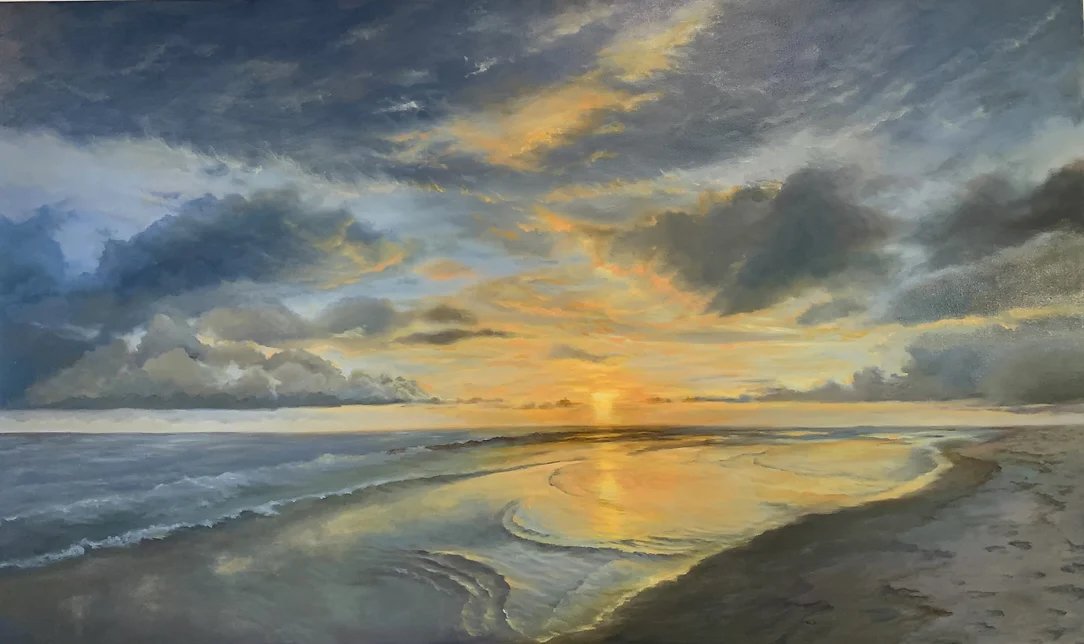
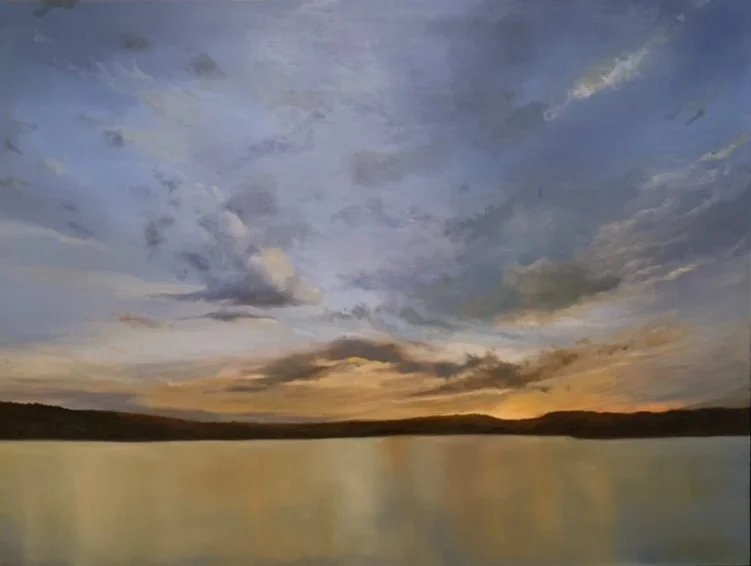
AAS: Kathryn, are you originally from Arkansas?
KS: I was born in Little Rock, lived briefly in Jonesboro, then moved to Fort Smith when I was five. After leaving ABF, my father started his own freight brokering business in 1969. We as kids, reluctantly left our childhood friends and mom and dad moved us and the dog to Memphis. Dad promised if we didn’t like it, we would move back. We took the bait, and lived there until I went to college. They were some of my best years. I graduated high school with art honors from St. Agnes Academy in 1977. I attended the University of Arkansas in Fayetteville, but I eventually ended up at the Memphis College of Art. It was where I needed to be all along. Although the program didn’t focus as much on the type of art that I wanted to study, it provided a well-rounded art education. I declared a painting major there, working entirely in watercolor and acrylics.
It wasn’t long before I realized that making a living as an artist, especially as a painter, was going to be very challenging. I then started focusing on graphic art to get a “real job” that would pay the rent. Most of my early jobs were as art directors at advertising agencies, print shops, and publishing companies. One of which was Towery Publishing, in Memphis, where I worked behind a computer most of the day designing Chamber of Commerce magazines. It was a fun job with great people, but in my spare time I continued to paint at home, still experimenting with any artists style that I liked at the time. After I burned out behind the computer, a friend of mine bought a landscape company and asked if I would come work for him. I worked there for a few years, loving every minute of it. There’s nothing more gratifying than digging in the dirt and doing a hard day’s work. It was through these years that my love for flora and fauna started to appear in many of my works.
In 2005, I decided I wanted to continue my art education and after thinking I would have to go to Europe to study, I discovered Contemporary Realist Academy in Memphis and attended for two years.Beginning in 2010, I worked as Art Coordinator for Mid-South Health Systems, an adult behavioral health company and started Art and Soul art shows for our clients.In 2020, and when Covid hit, I lost my job there when the rehab program was shut down. During that same period, I had a life-threatening case of bacterial meningitis and wasn’t sure what I was going to do when/if I recovered. I was at MSHS for almost eight years, traveling from county to county absorbing all the delta landscapes and the big, impressive skies. I think those travels also greatly influenced my work. It was the most rewarding job of my life. I was able to help adults with behavioral health challenges with their journey towards recovery. I had been dating my future husband, Pete Sixbey, and after all the dust settled, I moved to Little Rock where he was living. I was at the point where I could paint full time, and Pete (an artist himself), encouraged it.
AAS: Did you have any artist role models growing up?
KS: I had many artist role models growing up. I admired most all of them! Each had their own style, and I envied their unique insight to the subject matters they painted. It all seemed so magical and unattainable. Some that stand out were Vermeer, Corot, Rembrandt, Sir Henry Raeburn, Millet, Gaugin, Bouguereau, Wyeth, Parrish, Van Gogh, Stubbs, Rosa Bonheur, and Henri Rousseau.
One artist whose style I particularly admired at the time in the 70’s was from Memphis, Mary Simms, whose work is curated by David Lusk Gallery in Memphis. I loved her use of lines and salient points. She had a quirky sense of style with a strong eye for design and composition. Another was Andrew Wyeth. His work was pure genius in my opinion. I still pick up his book and just let it all sink in.



AAS: Tell me more about your time at Contemporary Realist Academy.
KS: At that time, I wasn’t nearly a painter at a professional level. The CRA was an intense course of study that provided me the correct way to “see”. My teacher was Kate Manzo, who studied abroad under Ted Seth Jacobs, a world-renowned teacher and painter of representational art. It was the schooling I needed to take my art to the next level. I wanted to paint in oils and needed more knowledge. I was there for two years and was taught the same methods taught in some of the other more well-known ateliers. Kate was an excellent teacher, and it was a very exciting time for me. I was among those that shared my passion for the representational training I desired.
In 2006, I became enamored with the work of contemporary figurative artist, Adrian Gottlieb. His work glowed from within, and I knew I wanted to learn more about him and his masterful techniques. His work still blows me away! After some persistent emails back and forth, I somehow talked this nationally acclaimed artist into coming to Memphis and doing a week-long workshop with me and nine other brave souls. There was nothing like this available in Memphis at the time. And we were all eager to soak up Adrian’s expertise. It was one of the most educational and fun experiences of my life.
“I’m still as excited to paint today as I was years ago if not more so. I just want to be a sponge and soak up as much knowledge as I can for as long as I can.”
AAS: I want to ask you first about Blackbirds. It is an extraordinary painting. Where did that imagery come from?
Blackbirds, oil on canvas. 36" x 36"
KS: Well, thank you! I was studying Bouguereau and loved his use of plants and flowing fabrics. My palette is usually more jewel toned based, so I wanted to try something a bit different for a change, specifically the violet hues that I wasn’t accustomed to using. I was practicing his technique and decided to make my own story out of it. We have so many blackbirds and crows here, and I love to watch their antics and playfulness. It was an evolving piece that had no clear direction from the beginning. But that can be a fun part of the process!
AAS: You mentioned that you are inspired by the old masters and their techniques. What I love about your paintings is that you take that landscape genre and interpret it in your own unique way. How do you achieve the almost silky look of your paintings?
KS: I’m a stickler for edges. I still need to work on it, but I find it makes a painting either look harsh or more harmonious and believable. I think brush strokes need to work together in a way that not only holds true to the anatomy of the object but lets the artist’s love of what they are painting come through.
AAS: One of my favorite examples of this is Petit Jean Mountain, where you interpret the old masters using an iconic Arkansas scene and include Adirondack chairs. It is a brilliant painting.
Petit Jean Mountain, oil on canvas, 30" x 40"
KS: Oh my, thank you, Philip! This was a commissioned painting that had a beautiful but challenging photograph to work from. The photo composition lacked balance and I wanted it to have a romantic feeling to it, so I turned to Thomas Cole and others and leaned into that. I have to remind myself that its ok to add or take away from something in a picture that is not working for the painting. So, some of the tree imagery is made up or embellished. I think the end result should be a beautiful painting and not just a copy of a photograph.
AAS: Your sense of humor and surprise is a little more obvious in Mona Lisa with Andy and Leviticus. Tell me about that painting.
Mona Lisa with Andy and Leviticus, oil on canvas, 24” x 20”
KS: I was asked to paint this painting after I had designed it in Photoshop for the print invitation to the Humane Society of Eastern Arkansas fundraiser. They said they would like to auction the painting off to help raise money. I was intimidated and terrified with the task, but it turns out I was able to do a pretty solid monochromatic underpainting and it went from there. I never got that enigmatic smile right though! Andy was my little rescue dog who was blind in one eye and had a terrible case of demodectic mange when I first got him. Leviticus was a friend’s rescue kitty as well. Both deserving of campy canvas immortality I thought.
AAS: You painted a wonderful night scene, Night and Moon. Is there a story behind that painting?
Night and Moon, oil on canvas, 30” x 24"
KS: This was also a commissioned painting. It was from a beautiful photograph that a client provided on the Little Red River outside their lake house. It was a magical painting to work on. Working with low light is challenging. It’s tempting to hide things in the dark by not putting any texture or detail, but it still needs to make your eye see something there. I was taught that light defines, and shadow obscures. Painting from inconclusive photographs forces you to come up with textures or subtle chromatic shifts that are often lost in the darks of the photograph. If it just goes to a flat black value, the viewer loses interest and quickly becomes disinterested. So, I try and look for anything that I can do to add subtle low contrast interest.
AAS: Do you do many commissions?
KS: Half of my work is commissioned based and every commission presents its challenges. If I’m given a bad photo, I’ll retake it or hire a photographer. Working from life is ideal, but not always realistic. It might not come to me immediately how to resolve the issues at hand, but I’m committed to resolving them and try not to let it trip me up too badly in the process. There’s always a creative way, and I often turn to the masters to see how they resolve composition or light issues. I’ve really sweated over some of them, but I know I’m not going to let it leave the studio until I’m satisfied with the results. That may take me longer, but so be it. I’ve been blessed with many wonderful clients, and I feel it’s a privilege and honor that they want me to be a part of something that is very meaningful to them. I think it’s very important to balance commissions with your own work. I can do whatever I want with my own paintings, not bound by subject matter or expectations. So, I usually have several paintings going on at one time. I can work on a commission for a while, then scoot over to my own painting, put on some Air or Faure music, and have a little fun so I don’t get too tightened up. It’s a necessary balance for me.
AAS: Safe in the Garden is such a lovely painting with quite a different look. Tell me about it.
Safe In the Garden, oil on canvas, 60"x 48"
KS: Well, there’s no denying I was heavily leaning into Rousseau’s style. Most painters are influenced by someone, but when you emulate Rousseau’s style it’s a lot more obvious. I had my studio filled with fatsia leaves, ferns, milkweed, poke weed leaves, anything I found interesting to put in the painting. I wanted that same enchantment of his paintings but in my own way. For me that meant putting a more realistic style into it and with my own vegetation. In the spring, I’m always filled with anticipation of what will be emerging from the ground, and keenly observant to the new life that every spring brings. One rabbit in particular, was resting in the shade of the garden, perhaps in the cool dirt. Always having predators, I felt he was safe there if only for a short time.
AAS: Tell me about your Art and Soul art shows for Mid-South Health Systems.
KS: Art and Soul was a show held annually for several years in West Memphis, Arkansas at the Arkansas at Mid-South Community College, now ASU Mid-South. Dr. Fenter and then Dr. Deborah West graciously allowed us to use their enormous gallery space. I was first introduced to the idea by an art show I attended early on in Little Rock at Birch Tree Communities, another behavioral health program, whose art department was headed up by Jim Tindall. It was a successful program for them, and we wanted to do the same for our clients. It was a concept that my supervisor, Josephine Flowers, and I wanted to make happen. We wanted every client that participated in my classes to have a piece or two in the show and to be able to keep the money from their sales. Bonnie White, president of MSHS, and the board agreed to funding the framing costs, so all the pieces were professionally framed and hung. Delta Arts was an integral part hanging all the work and keeping track of all the sales. With over 100 pieces, it definitely took a village to make it work! The best part of it all, though, was the difference it made in these client’s lives. Some cried seeing their work hung, and the big public attendance at the opening showed the outpouring support of the community. It was a show of some very talented artists that never knew they were capable of doing anything artistic, much less anything of any value. Sadly, they were often told otherwise. Sales were very good, and it was a great party with food and a live band. Somehow, all the negativity and abuse these people endured was put on hold for the moment.
AAS: Do you think your approach to painting and the joy you get from painting has changed over the years?
KS: Definitely. My approach to painting is much more organized and the methodology is always improving. My palette is arranged much better, whereas before, it was a chaotic mess, and I didn’t know what was what. I now arrange them in a certain order. It eliminates a lot of guess work so I can instinctively reach for the right color. I also love to do paint swatches on small canvases. I might spend a few hours blending just two or three colors together. So, for example, I’ll have my cerulean blue maybe mixed with a different yellow or orange to see what unexpected results might come up. And I’ll use those boards as a reference when I start a painting. It’s kind of a paint chip idea for artists. I’m always astounded at the variety and subtlety of color shifts. It is never ending. I’m never bored with the process. I rarely use one color straight out of the tube, and I depend on my color mixing skills to match or develop a color that works.
I am committed to becoming a lifelong student and the discovery process is never ending. I think the more you know, the less mistakes you are likely to make which make it all the more enjoyable (and less expensive!). I’m still as excited to paint today as I was years ago if not more so. I just want to be a sponge and soak up as much knowledge as I can for as long as I can.

